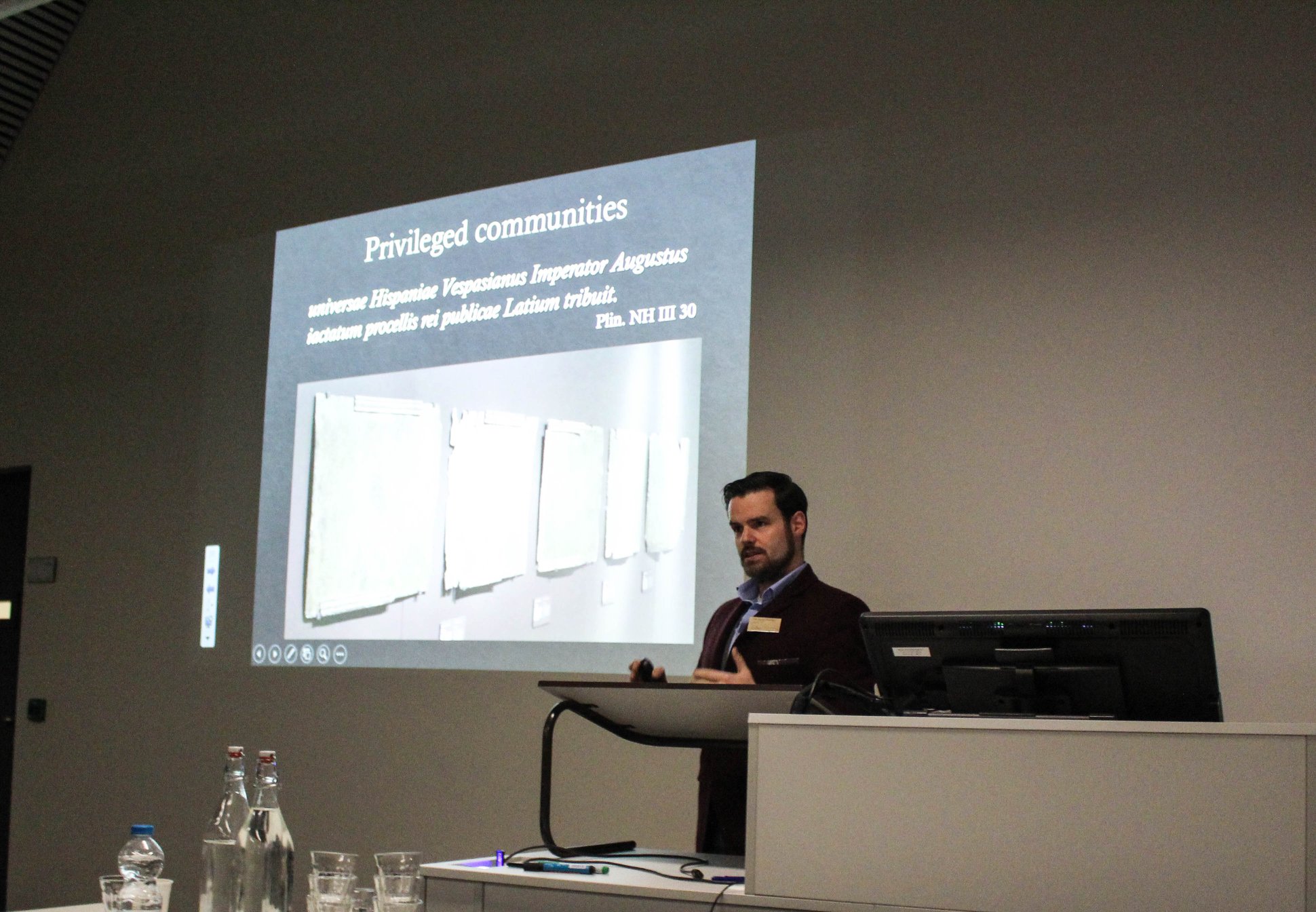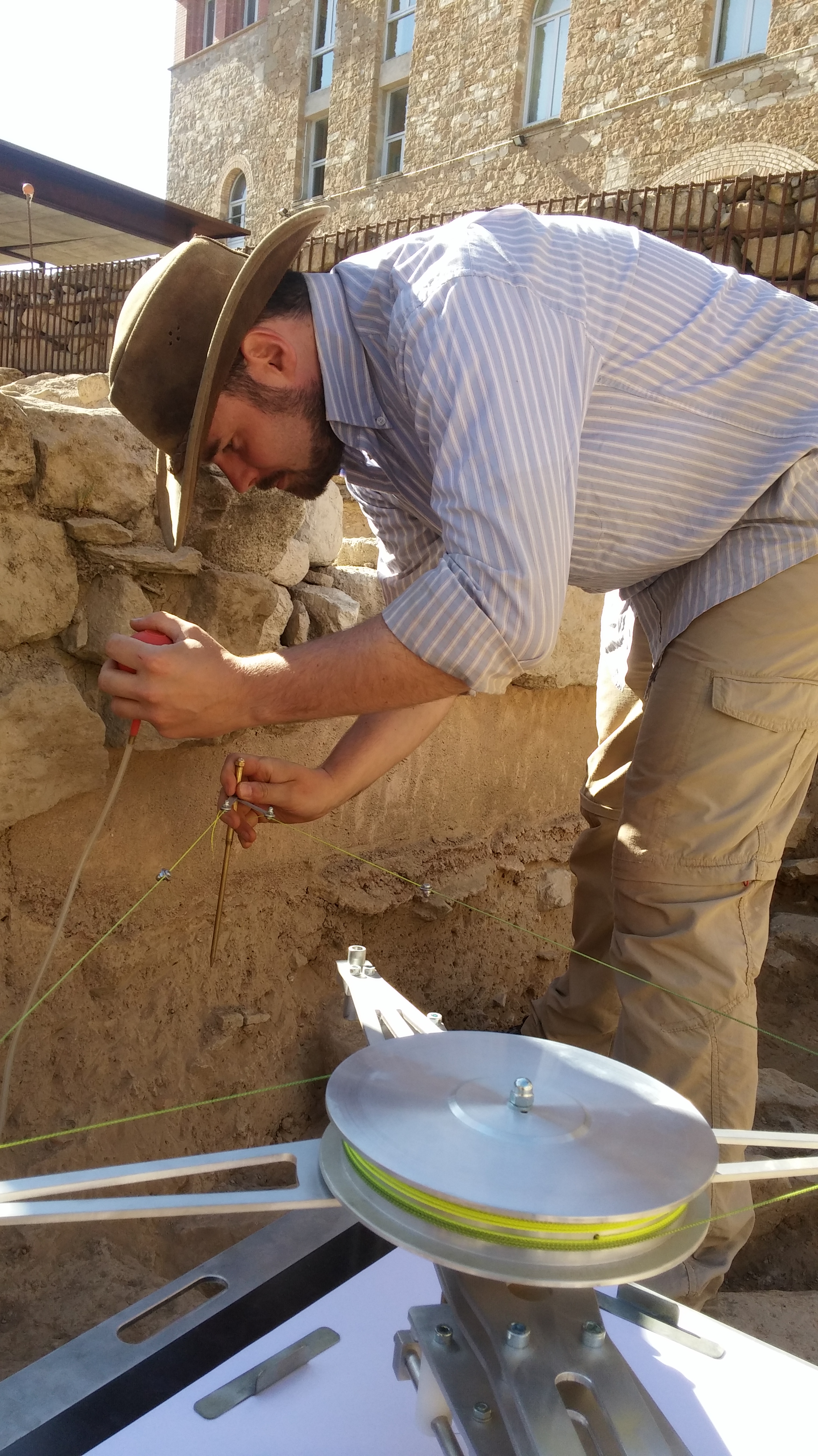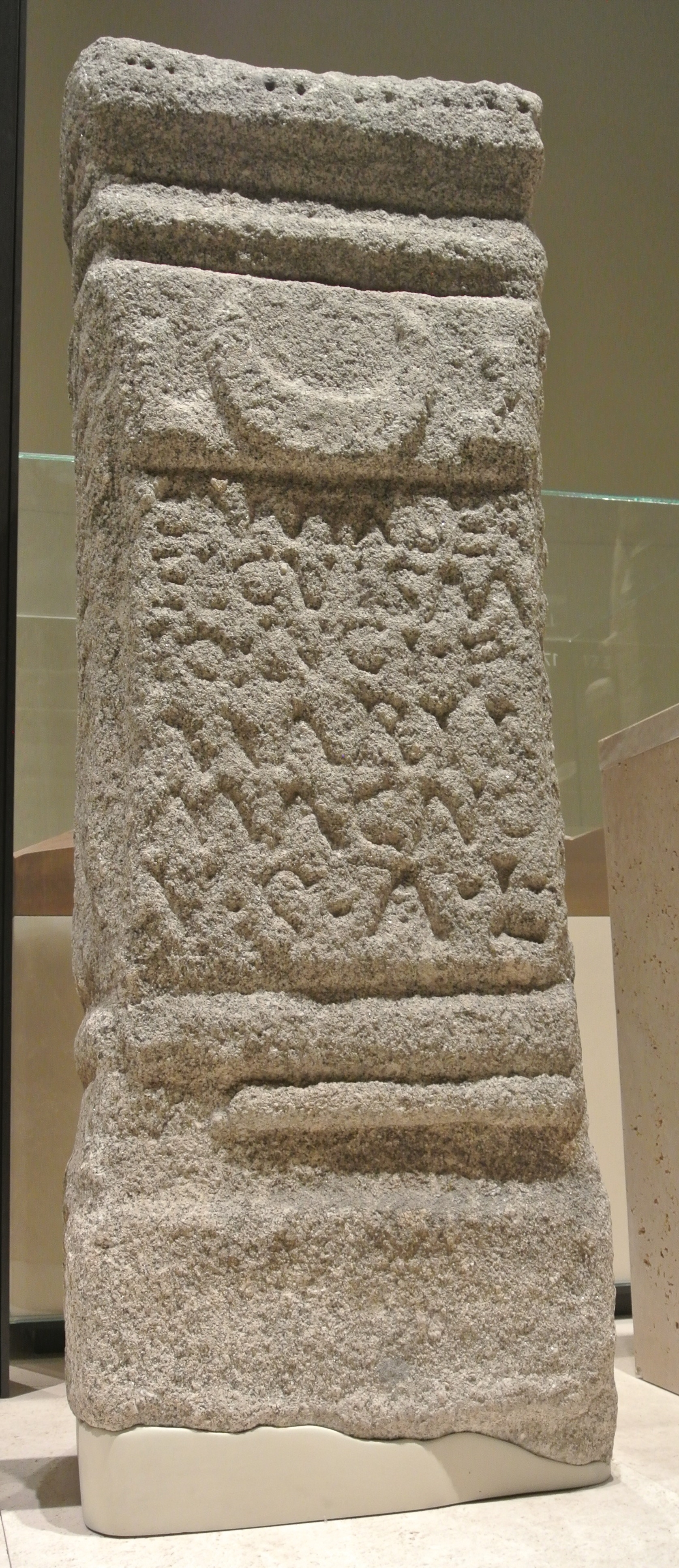By Pieter Houten
The multicultural and multilingual nature of the Iberian Peninsula is intriguing. As Díaz-Abdreu and Keay once put it: “Iberia is Europe in microcosm. It represents a juxtaposition of north, south, east and west and mirrors a heterogeneous multicultural, multilingual Europe.” (Díaz-Andreu & Keay 1997, 1). It is indeed interesting to realise how diverse the peninsula has been and still is. Despite its nature as one of the meeting places for many Mediterranean cultures, historians define it as finis terrae: the end of the world.

This ambiguity has intrigued me from the very beginning of my studies into this part of the Mediterranean. As a masters student at Utrecht University, I embarked my journey into the fascinating ancient history of the Iberian Peninsula. It is at this time I first encountered its languages and scripts. They seemed too difficult to understand and at that point, I thought, not directly relevant for my studies, which focussed on the Celtiberian cities. Following my MA thesis, I started my PhD research within the ERC-project: “An Empire of 2000 Cities” at Leiden University. The principal aims of my thesis Civitates Hispaniae are to provide a comprehensive reconstruction of the urban systems of the Iberian Peninsula during the High Empire and to explain why these systems looked the way they did. Key themes include continuities and discontinuities between pre-Roman and Roman settlement patterns, the geographical distribution of cities, and the role of cities as nodes in road systems and maritime networks. In addition, I argue that a considerable number of self-governing communities in Roman Spain and Portugal were polycentric rather based on a single urban centre.

As part of the research into the nature of urbanism in the High Empire, I had my first encounters with epigraphy and numismatics as sources. Again, the complexity of the pre-Roman languages and their continuity in the republican period grabbed my attention. In order to understand the development of urbanism in the different parts of the peninsula I studied the different peoples and their urban development and realised that their languages, often studied by a different group of scholars, needed to become part of my research world.

I had to respond when the opportunity rose to study the socio-linguistic kaleidoscope of the Iberian Peninsula in its historical context. As the LatinNow-project collaborates with two experienced linguists studying the Palaeohispanic languages up to the Late Republican period, I will focus on the period of the High Empire. My research will focus on the who, how, why, and where of learning, or not, to speak and write Latin in the diverse communities of the imperial-period Peninsula. As part of this investigation I will be exploring the scarce remnants of the Palaeohispanic languages in Latin epigraphy, for instance the local genitive plural for the tribal affiliation in Latin inscriptions, as found in the votive to Mars by Cantaber of the Elguismicos (CIL II 3061): Cantaber / Elguism/iq(um) · Luci · f(ilius) / Marti / Magno / v(otum) · s(olvit) · a(nimo) · l(ibens) · How long did these mixed forms and names continue? Moreover, can we establish specific areas with conservative naming practices? And what does this tell us about the people giving these names to their children? In order to answer these questions we have to step out of our comfort zone and use insights from across the Roman world and from other fields such as modern sociolinguistics.
Another dimension important for LatinNow is the assessment and exploitation, where possible, of not just all forms of written remains, but also writing equipment, to think about Latinization and literacy. I’m interested in exploring writing equipment to investigate the urban/rural and literate/illiterate dichotomies. Following the standard ideas on these dichotomies, we should find literate people in urban areas. On the Iberian Peninsula, we expect to find more evidence for literacy in the valleys of the Ebro and Guadalquivir as these are the urban cores of the Hispaniae. However, the often-considered non- or less urbanised regions such as the three north-western conventus, have an urban epigraphic habit following the standard practices in the major centres. This less clear distinction between urban and rural begs the question of whether the literacy dichotomy might also be false.
I look forward to studying the Latinization of the Iberian Peninsula and working with our Spanish colleagues and the LatinNow team to expand our understanding of the spread of Latin in this historically highly multilingual region and its similarities and differences with the rest of the Roman west.
